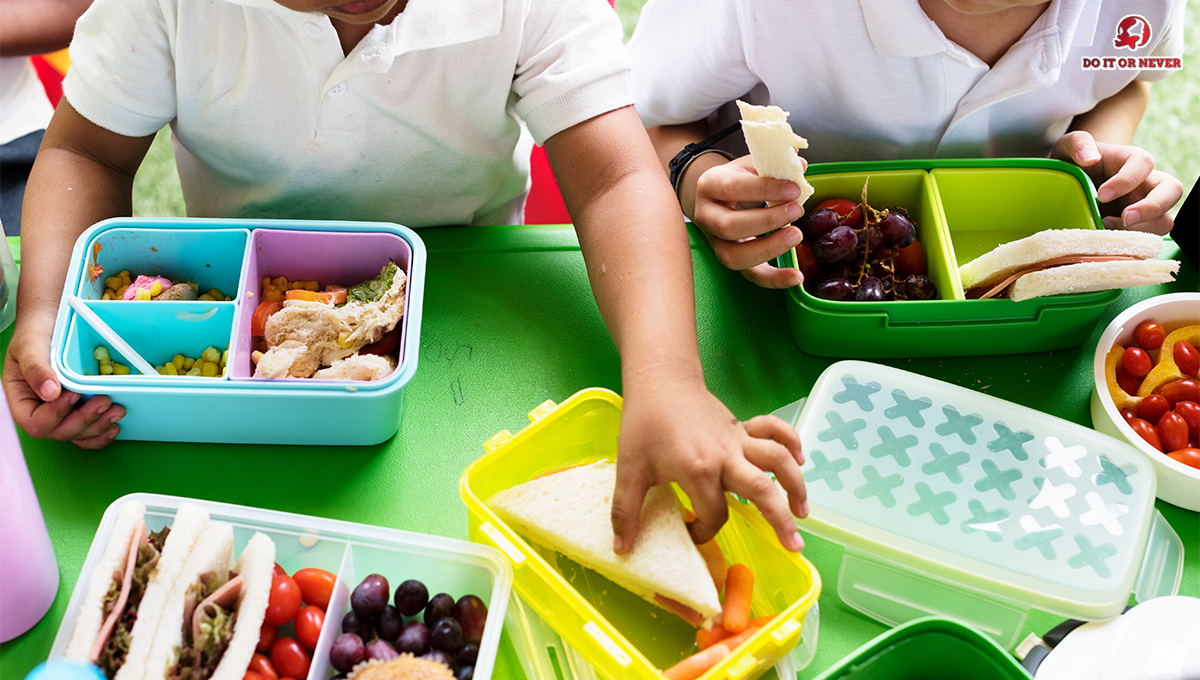
Understanding Types of Food Service in the Industry Today
The food we enjoy at restaurants, grab as takeout, or savor during catered events is part of a vast types of food service system that keeps the industry running. But what really goes on behind the scenes of this essential business?
The food service industry isn't just about cooking; it's a complete, complex network of processes that really includes sourcing ingredients, packaging, distributing, and serving the food to customers. Any local cafes and large commercial kitchens operate in different ways, and understanding the various types of food service helps us to appreciate how every bite we take involves an entire workforce to deliver it.
What Is Food Service and Why It Matters
So, what is the food service exactly? In simple terms, it includes all businesses and operations that help prepare, package and serve food to the customers. This can range from the fine-dining restaurants and fast-food joints to the school cafeterias and hospital kitchens.
Nowadays the type of food service that has grown and adapted to meet the needs of customers includes more takeout options, with better packaging solutions and efficient distribution systems. Let's explore how the modern food service operation works in this ever-changing world.
The Rise of Commercial Food Service Operations
A major part of the industry is commercial food service, where businesses focus on profit by serving meals to customers. These include large restaurant chains, hotels, and food courts. The focus is on consistency, quality, and efficiency.
To support these operations, food service distributors play an important role. They deliver each and everything freshly produced dairy to kitchen equipment, which ensures businesses stay stocked with the right supplies. This is the system that allows restaurants to focus on what they do best, making delicious food, without worrying about exactly where to source each and every ingredient.
Innovative Food Service Packaging
Have you ever wondered why your takeout always arrives in a perfectly sealed box or a sturdy eco-friendly container? That’s the power of food service packaging. It’s not just for looks, it keeps your food fresh, prevents spills, and helps the environment when designed sustainably.
The newest packaging trend is all about using biodegradable and reusable materials, helping businesses and customers cut down on waste more easily. Great food benefit packaging doesn’t just keep food safe, it makes it easier to carry, keeps it warm, and improves the overall dining experience.
Common Types of Food Service Models
|
Type of Food Service |
Description |
|
Full-Service Restaurant |
Table service with varied menus for sit-down dining experiences |
|
Quick-Service Restaurant |
Fast food with quick service and affordable pricing |
|
Catering Service |
Custom menus for events, delivering bulk food to special occasions |
|
Institutional Food Service |
Food served in schools, hospitals, and corporate cafeterias |
|
Mobile Food Service |
Food trucks and pop-up stalls offering flexible service locations |
Top Food Service Companies Leading the Way
When we talk about quality and innovation, the top food service companies are setting the new standards. They invest in the advanced technologies that work according to the sustainable practices to streamline food service operation and help reduce the waste while providing the best service.
These companies not only serve food, but they also give the proper solutions to the industry, right from sourcing eco-friendly packaging to optimizing supply chains as well. Their impact makes the entire system more efficient, which helps small and large businesses looking to step into a competitive market.
Embrace the Evolution of Food Service
The types of food service are no longer limited to just preparing and serving food. Modern services rely on smart food service packaging, well-organized food service distributors, and advanced commercial solutions to stay efficient and sustainable.
Businesses involved in this industry are improving themselves day by day. Whether we talk about a small local cafe or a massive catering benefit, embrace innovation with time. As customer expectations rise, from eco-friendly holders to quicker benefits, the future lies in smarter, greener, and more productive food service solutions. Explore the fascinating world of food benefits today and see how it’s changing the way we enjoy meals.
Conclusion
Understanding the types of food service gives us a fresh idea of the effort and creativity that can be used in every dish. The industry today is not at all about the cooking, it's a well-oiled machine of smart operations, with eco-friendly packaging and streamlined distribution.
If you want to enjoy your meal at your favorite restaurant or by picking up a boxed lunch from any of the food trucks, remember there is always a whole system that makes it possible. The future of food service is all about efficiency, sustainability and giving the customers the type of experience they expected.
FAQs
1. What are the main types of food service operations?
The main types include full-service restaurants, quick-service restaurants, catering services, institutional food service, and mobile food service.
2. Why is food service packaging important?
It keeps food fresh, makes transport easier, prevents spills, and helps reduce environmental waste.
3. What role do foodservice distributors play?
They supply restaurants and food businesses with everything required, ingredients, packaging, and equipment, ensuring smooth daily operations.
4. How are top food service companies innovating the industry?
They focus on using eco-friendly packaging, improving supply chain management, and investing in technology that makes food service faster and greener.



